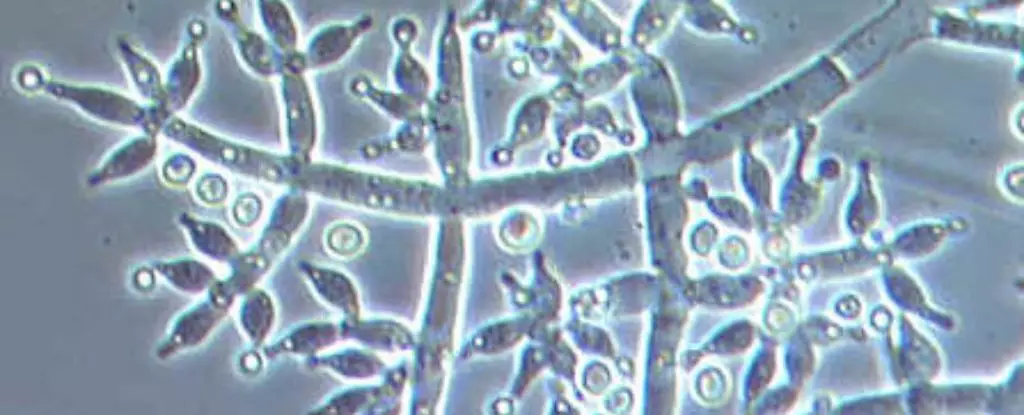Fungi, often overlooked in discussions about ecosystems, are emerging as pivotal players in the understanding of environmental restoration and agricultural enhancement. Recent research has unveiled intriguing phenomena regarding how sound waves can influence the growth of certain fungal species, specifically Trichoderma harzianum. This article delves into the significance of these findings, exploring their potential implications for both ecology and agriculture.
Trichoderma harzianum, a fungus commonly found in various soil types, has been shown to exhibit remarkable growth and spore production when exposed to high-frequency sounds that resemble radio static. The research conducted by a team led by microbiologist Jake Robinson at Flinders University, Australia, reveals that this sound-induced growth may allow the fungi to thrive in ways that could benefit agricultural practices and soil health globally. The concept that microorganisms can respond to their auditory environment challenges preconceived notions of how plants and fungi interact with their surroundings.
In controlled experiments, researchers subjected T. harzianum to thirty minutes of white noise within soundproof chambers over a five-day period. The results were striking: the fungi exposed to sound not only outperformed their silent counterparts in growth but also demonstrated accelerated spore production. This effect raises essential questions about the mechanisms behind such response, prompting further exploration into the biological processes at work when these organisms are exposed to sound waves.
The practical applications of this research are significant. T. harzianum is well-known for its ability to colonize plant roots, enhancing their growth and providing a natural defense against pathogenic fungi. As such, the introduction of sound as a potential growth stimulant could lead to innovative strategies for improving crop yields and creating healthier soils. If conservationists and farmers can harness sound waves to promote the proliferation of beneficial fungi in agricultural settings and degraded ecosystems, the positive outcomes could be widespread.
In the context of global food security, this exploration into acoustics and fungal biology holds promise. Robinson emphasizes the research team’s ambition to employ novel methods to accelerate the rejuvenation of degraded landscapes, ultimately contributing to sustainable food production. By understanding the interactions between sound and microbe growth, researchers may unlock new pathways for ecological restoration that are more aligned with natural processes.
Interestingly, the relationship between sound and fungi is not uniformly beneficial. Previous studies have shown that certain sound frequencies can enhance not just beneficial fungi but also pathogenic ones. For instance, findings from 2020 revealed that the hum produced by refrigerators could increase the rotting of fruits and vegetables by stimulating harmful fungal growth. This duality in reaction exemplifies the complexity of sonic influence on fungal life, highlighting the necessity for careful consideration when applying sound treatments in agricultural practices.
The challenges associated with sound-induced growth responses extend into the realm of ecological balance. Robinson’s inquiry into why T. harzianum proliferates in the presence of white noise raises the need for further investigation. Is it a mechanical activation of the fungus’s receptors, or does it involve biochemical pathways that alter gene expression? The answers could redefine our understanding of fungal biology and its interconnectedness with environmental variables.
As scientists continue to explore the potential of sound as a tool for enhancing fungal growth, the investigation into the nerve-like electrical activity within fungi offers new terrains of inquiry. Recent comparisons of fungal communication to human speech suggest a level of complexity and sophistication previously unrecognized in these organisms. Understanding these processes could bridge gaps in our comprehension of how fungi interact and protect themselves in a diverse ecosystem.
The research into T. harzianum and sound presents a paradigm shift in our understanding of fungi and their role in agriculture and restoration ecology. As we uncover the intricate relationships between sound waves and growth responses, we may find ourselves on the brink of innovative agricultural practices that align with natural ecological mechanisms. Further studies are imperative, but the pathway towards a harmonized interaction with our environment is more promising than ever.

Leave a Reply